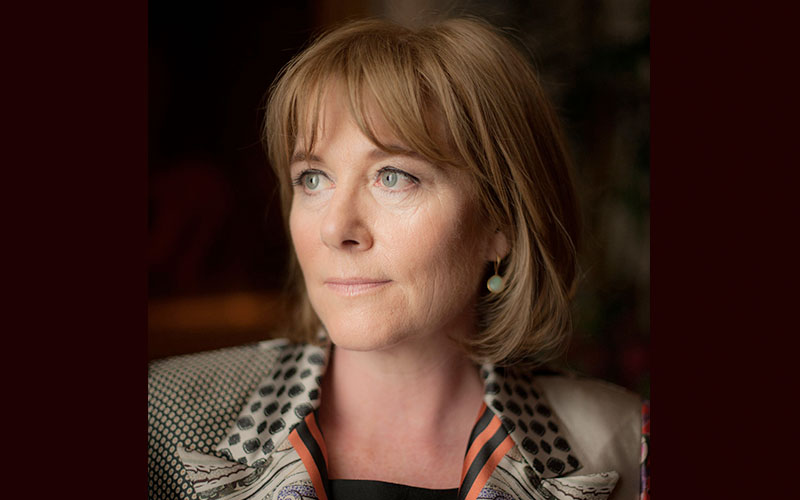In the wake of this year’s shortlist announcement, we caught up with 2016 shortlistee Hannah Rothschild to discuss the inspiration behind her nominated novel. Read on to find out about the key moments which enabled her to write The Improbability of Love.
One of my earliest inspirations was the National Gallery that I was taken to as a child by my parents on wet weekends. I used to wish that pictures could talk and tell us what they were about and where they had been. Finally, many years later, I got my way in ‘The Improbability of Love’ by making a painting talk to the reader.
My first proper crush was on Captain St Leger, a handsome man painted by Sir Joshua Reynolds which hangs at Waddesdon Manor in Buckinghamshire. Most of my friends were, at the time, in love with David Bowie or Donny Osmond- they thought I was really odd to have a picture on my wall

Captain John Hayes St Leger 1778 Joshua Reynolds The Rothschild Collection (National Trust) Bequest of James de Rothschild, 1957
When I was 16, I had a holiday job in the Louvre in Paris. It sounded glamorous but I spent all day cutting up old catalogues and sticking them on to white pieces of paper. The main perk was walking through the collection and there I came across Watteau’s magnificent ‘Gilles’, a painting of a Clown which summed up how I was feeling at the time-lonely and displaced. I used the clown in the novel.
Food features heavily in my book- I am not a particularly good cook but love eating. I tried to cook most of the dishes in the novel with varying degrees of success. I spent many hours in the library reading old recipes and imagining how they would taste and look.
I travel a lot for my day job but always make time in foreign cities to visit museums. I always take a notebook and many of the scenes written in my novel come from ideas had in museums. I find being quiet, without a phone, often alone, is the best place to think of plot twists.
One of the great sources of inspiration is always the National Gallery in London. In addition to wonderful paintings, there are the conservation studios which feature in the novel. One of the great pleasures is watching the skilled conservators work. Sometimes it takes many many years, millimetre by millimetre to clean the grime of time off the surface of a work of art and restore the canvas to its former glory.
To find out more about The Improbability of Love and see the 2016 shortlist in full click here. Don’t forget to tell us what you think of the books on Twitter, Facebook and Instagram.



